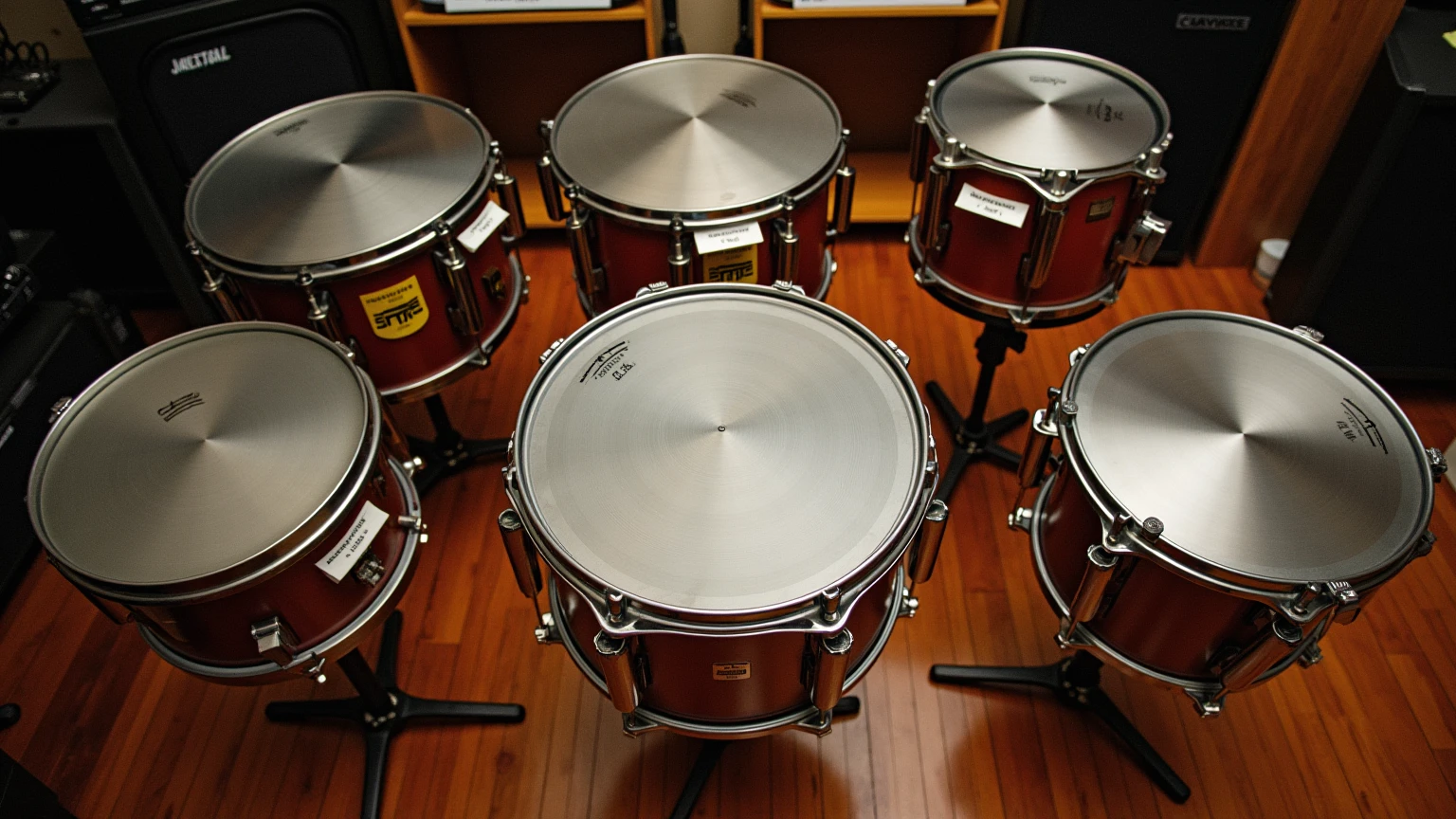If you’ve ever been captivated by the entrancing sounds of steel drums, you’re not alone. The steelpan, also known as the steel drum, has become a beloved instrument in various musical genres and educational settings. If you are a beginner considering the world of steel drums, understanding your options and the instrument's cultural significance is crucial. Let’s explore everything you need to know about choosing the right steel drum.
Steel drums, or steelpans, are percussion instruments made from 55-gallon oil drums that have been carefully crafted and tuned. Originating in Trinidad and Tobago, the steelpan is unique due to its beautiful tones and versatility across multiple musical genres, including calypso, jazz, rock, and classical.
The roots of the steel drum can be traced back to the 1930s, during which time impoverished communities repurposed discarded oil barrels for musical innovation (as noted on Wikipedia). As the popularity of steelbands grew, this inventive use of materials led to the development of complex instruments in various sizes and tunings. Over the decades, the steelpan evolved from a mere carnival instrument into a globally recognized musical staple.
There are several types of steel drums available, each serving unique roles within ensembles:

For beginners, starting with a Tenor pan is often recommended because it allows players to carry melodies effectively. As you progress, exploring Double seconds and cellos can enrich your playing experiences and enhance your understanding of harmony in music.
The price of steel drums can range from a couple of hundred to several thousand dollars. Entry-level models, such as the Jumbie Jam, offer great sound quality at a lower price point, making them an excellent choice for beginners. Investing in a quality steel drum is paramount, as a well-built instrument will last longer and provide a better playing experience.

Proper tuning significantly affects the sound quality of the steel drum. Each note is meticulously shaped to produce distinct pitches. The tuning process can require a skilled ear and seasoned hands, making it crucial to purchase drums from reputable manufacturers to ensure great sound quality.
When selecting your drum, consider the acoustic features. Features such as the type of materials, the thickness of the steel, and the overall craftsmanship all contribute to the instrument's tone and sustain. Generally, drums with thicker metal produce richer sounds with longer sustain.
Choosing the right mallets is just as important as selecting the drum. Mallets come in different hardness levels and weights, affecting the instrument's tone significantly. Softer mallets produce mellower sounds, while harder mallets yield brighter sounds.
Getting started with the steelpan can be exhilarating. Begin by taking informal lessons to familiarize yourself with the basics. Many communities host steel drum classes, which are fun and great for improving skills.
Practice regularly to build muscle memory, as this will help in executing melodies effortlessly. Focus on relaxed wrist movements while playing, as tension can hinder sound quality and technique.
Numerous online resources, tutorials, and community forums are available to assist learners. Websites such as YouTube offer a plethora of instructional videos. Additionally, consider engaging with local community bands to gain practical experience.
The steelpan is most often associated with calypso music but has branched out into various other genres, including jazz, pop, and classical music. This versatility showcases the instrument's ability to blend with different musical influences, allowing for creative expression.
In the Caribbean, the steelpan represents resilience and creativity and is central to many cultural celebrations and festivals, including Carnival events. It is a voice of the Caribbean people that weaves a rich tapestry of experiences and stories.
Prominent musicians such as Ellie Mannette, known as the “Father of the Steel Pan,” have significantly contributed to the evolution and popularization of the steel drum. His innovative techniques and approaches remain inspirational to many contemporary players.
Regular maintenance is crucial to prolong the lifespan of your steelpan. Gentle cleaning with a soft cloth and mild detergent keeps the surface free from dirt and grime. Avoid abrasive materials that could scratch the surface.
Investing in a quality steel drum will yield many years of enjoyment. With proper care and maintenance, these instruments can sustain their sound quality and appearance over time.
If your steelpan goes out of tune or sustains damage, professional repairing and retuning services are essential. Many skilled tuners can restore the musical integrity of your instrument, so don't hesitate to seek help as needed.
For beginners, a Tenor Pan is often recommended due to its versatility and role in carrying melodies.
The timeline varies for each learner, but many acquire basic skills within a few weeks or months with regular practice.
Online sites like YouTube and music education platforms are excellent for tutorials and community connections.
Regularly clean your drum and store it in a protected environment to avoid damage. Ensure it’s retuned by a professional if needed.
Absolutely! Steel drums are compatible with a wide range of music genres, from calypso to jazz and beyond.
By understanding the type of steelpan you're interested in and recognizing the cultural essence that comes with it, you'll be well on your way to embarking on an exciting journey of musical exploration. Enjoy the joy and creativity that playing the steel drum brings into your life!